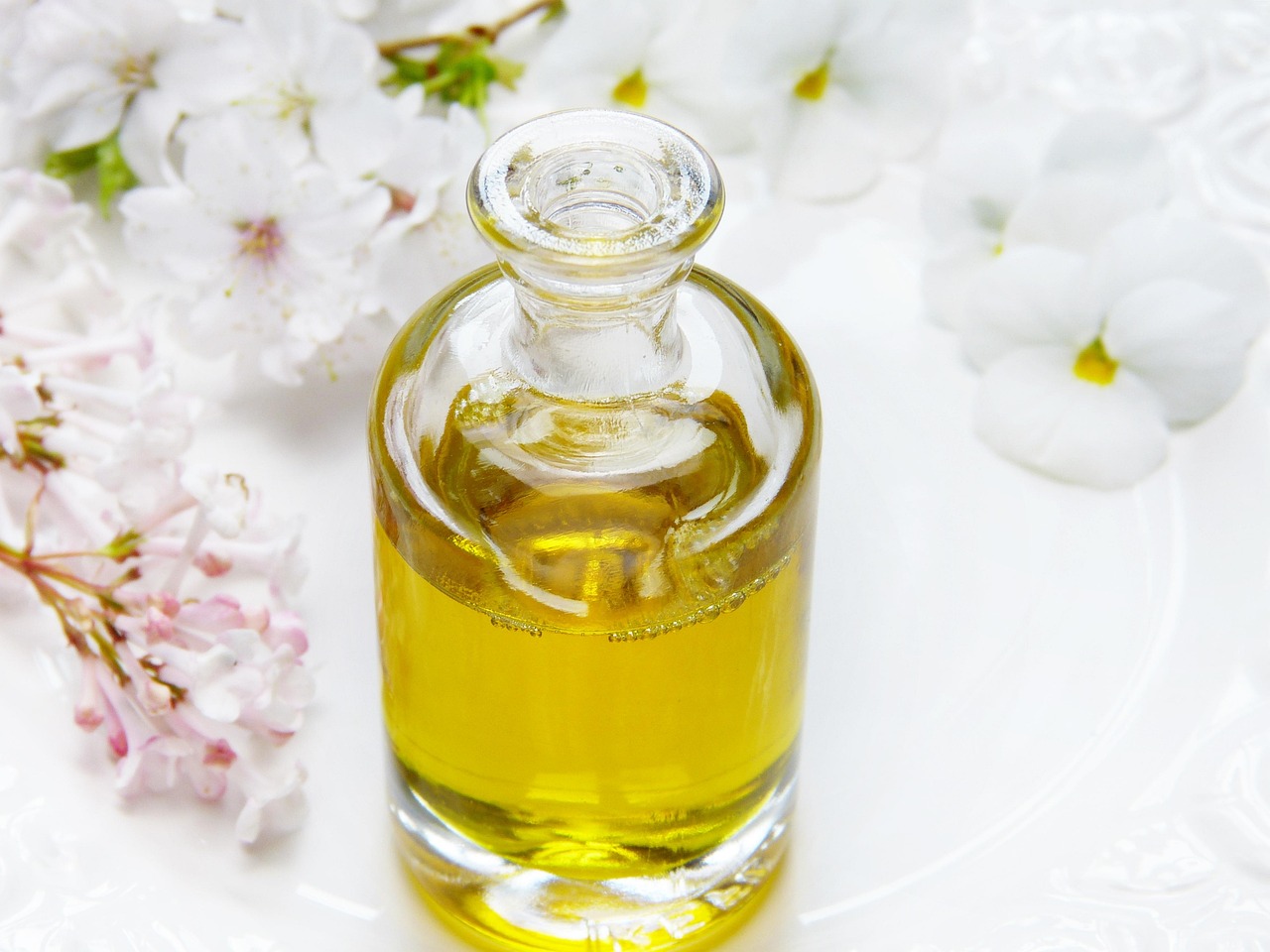Awakening Your Senses and Your Strategy
Imagine stepping into your office after a packed day of client calls. A gentle waft of lavender in the air calms your mind. Your productivity rises. Aromatherapy—using essential oils to elevate mood and well-being—is not just for spas; it’s a secret wellness booster in B2B environments too.
Interest: What Is Aromatherapy and How Does It Work?
Aromatherapy is a holistic practice using essential oils—plant extracts rich in volatile molecules—to enhance physical, emotional, and mental wellness. Typically, oils are inhaled via diffusers or applied topically after dilution. When inhaled, scent molecules interact with olfactory receptors and the limbic system, triggering mood changes, memory response, and even sleep patterns.
Essential oils are powerful; around 250 pounds of lavender flowers yield just one pound of oil—underline its potency. Yet, clinical evidence remains limited. While aromatherapy may help relieve stress, improve sleep, reduce anxiety, ease headaches, and support mood and focus, it’s important to note that it’s complementary—not a medical cure.
Desire: Real-World Benefits
Calming Stress & Crafting Focus
Lavender, chamomile, and bergamot are known for their relaxing properties—ideal for high-stress marketing teams prepping campaigns. Diffusing bergamot in a brainstorming room? It might help everyone stay calm and think creatively.
Boosting Alertness & Productivity
Peppermint and rosemary are invigorating. One study showed rosemary aromatherapy reduced sleepiness and improved alertness among shift workers—perfect for late-night campaign sprints.
Creating Brand Atmosphere
For B2B events or client presentations, scent can subtly reinforce brand messaging. Pleasant aromas improve mood, encourage longer engagement, and even enhance performance—beneficial in sales meetings or seminars.
Action: How to Get Started (Safely & Strategically)
1. Pick Beginner-Friendly Oils
Lavender, peppermint, tea tree, and eucalyptus are versatile starting points
- Lavender: Relaxing, aids sleep.
- Peppermint: Energizing, helps focus.
- Tea Tree: Antimicrobial for clean spaces.
- Eucalyptus: Clears the mind and air.
2. Use Proper Methods
Inhalation (Diffusion)
Ideal for offices or meeting rooms; easy and minimal.
Topical (with carrier oils)
Use 1–3% dilution (1–5 drops per teaspoon of carrier oil) for skin application—safe and soothing Avoid direct, undiluted use.
3. Set Safety First
Essential oils are potent. Lemon or citrus oils can be phototoxic; always dilute and patch-test. Ingestion is not recommended without professional guidance.
4. Integrate into B2B Workflow
- Wellness breaks: Diffuse calming blends during brainstorms.
- Client meetings: Aromatic ambiance can foster connection.
- Event booths: A subtle, unforgettable scent creates brand recall.
Key Takeaways
Aromatherapy—using essential oils like lavender, peppermint, tea tree, and eucalyptus—offers gentle, complementary support for stress, focus, and mood. The science shows promise in improving alertness, reducing anxiety, and shaping emotional response. For B2B marketers, it’s a fresh, sensory way to create engaging workspaces, memorable client experiences, and wellness-focused work culture. Always start with quality oils, practice safe use, and use aroma intentionally.
FAQ
1. Can aromatherapy cure illnesses?
No. Aromatherapy is complementary, not a medical treatment. It may support well-being but does not replace professional healthcare.
2. Which essential oil is best for productivity?
Peppermint and rosemary are energizing and may help improve focus and alertness during intense work sessions.
3. Is it safe to apply essential oils directly to skin?
No. Always dilute in a carrier oil and do a patch test to avoid irritation or allergic reactions
4. How do I choose a high-quality essential oil?
Look for brands that emphasize purity, steam distillation, organic sourcing, and transparent labeling. Avoid synthetic additives
Sources
- Cleveland Clinic on aromatherapy basics and benefits Cleveland Clinic
- Penny-Price blog on history and extraction methods of essential oils Penny Price Aromatherapy
- Cleveland Clinic data on oil potency and uses Cleveland Clinic
- Medical News Today and Verywell Health on uses and safety Verywell Health
- Wikipedia on aromatherapy and essential oil safety Wikipedia
